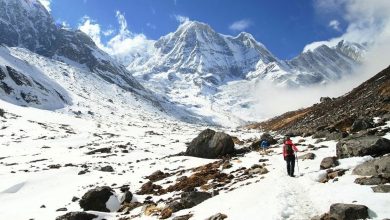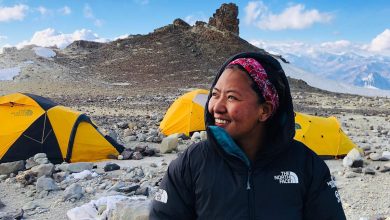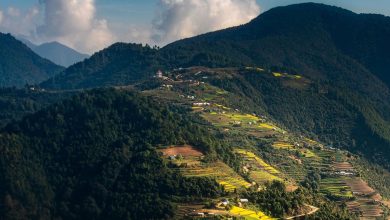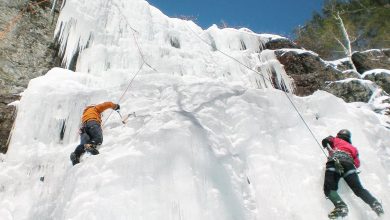Mustang: The Isolated District In Nepal
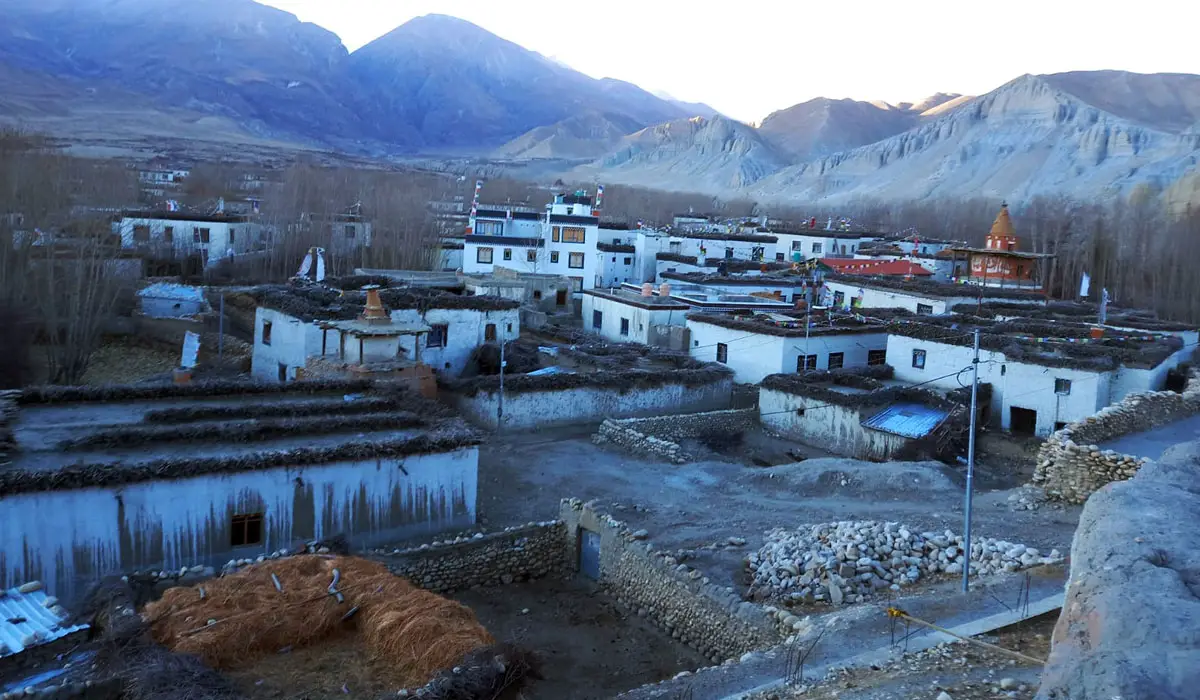
Mustang is a district in Nepal that has, over time, grown to be one of the most popular destinations for tourists all around the world. It is also known as the last lost kingdom of Nepal. Mustang is a perfect stop for visitors who are looking to explore Tibetan Buddhist culture, as you are more than likely to find the purest and the most authentic form of culture, traditions, and lifestyle when in this district. Mustang is a district of Gandaki Province and has a history as a Kingdom of Lo-Manthang. After the abolition of the Shah dynasty in Nepal in the year 2008, this kingdom joined the Federation of Nepal. Similarly, the district covers 3,573 km2 (1,380 sq mi) of area while having a population of 13,452 people as of the census taken in 2011.
There are lots of things that might interest you about the district. If you are looking forward to visiting the Mustang region of Nepal, make sure to read this article till the end.
Mustang Landmark and Geography
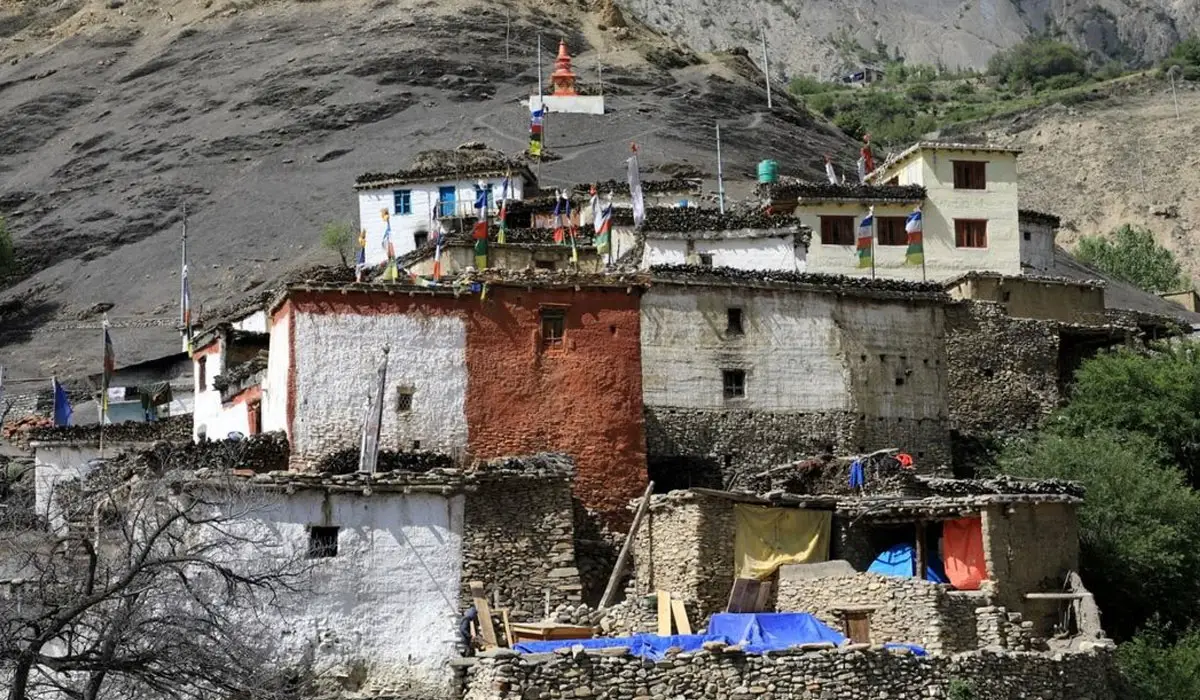
Mustang district lies in the Gandaki Province of Nepal. It goes northward to the Tibetan plateau. Hence, the inhabitants living in the district are influenced by both Nepali and Tibetan culture. It is also the fifth largest district in the country, and its headquarters is in Jomsom. The elevation of the location is between 1,372 and 8,167 meters and includes the seventh tallest mountain in the world, Mount Dhaulagiri. Likewise, there are many mountains that go above the height of 7,000 meters in Mustang.
The Mustang region is the second least populated place in Nepal. There are two sub-regions in Mustang: Upper and Lower sub-regions. The area is also a part of the Tibetan highlands. One is likely to spot eroded gorges, dry valleys, barren lands in high altitudes, and stratified rock formations in Nepal’s Mustang region. The Lower Mustang faces 260mm of rainfall every year. The winters, summers, and even spring season in the Mustang region is very dry and does not see much water. However, rainfall is common during summer monsoons.
Mustang also shares an international border with the Tibet Autonomous Region of China. Another important feature of Mustang is the Kali Gandaki River. The source of the river lies between Tibet and India’s Ganges-Brahmaputra. Similarly, the region between the Tibetan Plateau and the Himalayan Mountains is also referred to as Trans-Himalaya.
Some of the major mountains from the Himalayan mountain range along the Kali Gandaki Gorge in Mustang are Dhaulagiri (8,167 m or 26,795 ft) and Tukuche (6,920 m or 22,703 ft) on the west and Nilgiri Central (6,940 m or 22,769 ft) and Annapurna (8,091 m or 26,545 ft).
Festivals Celebrated in Mustang
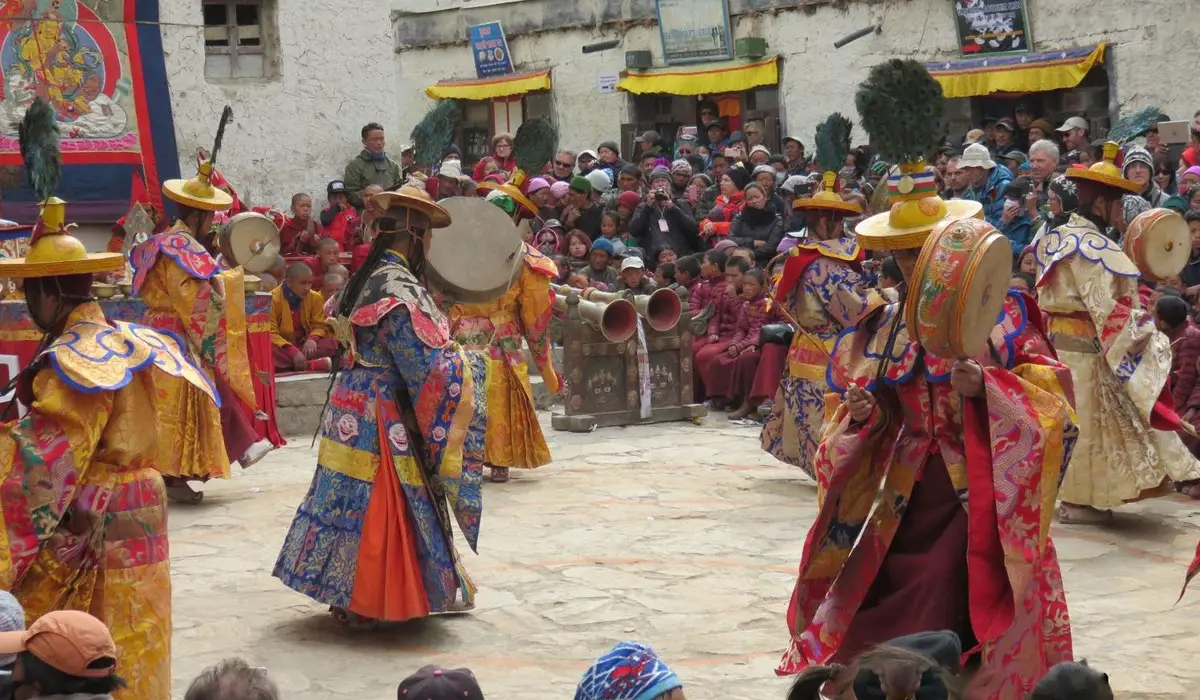
There were around 80,000 visitors in Mustang in 2022 during the month of Kartik (between October and November). The people in Mustang celebrate Dashain and Tihar during this month, which makes the region in Nepal all the more enjoyable. However, the major festival celebrated especially in Mustang rather than in any part of the world has to be Tiji. The festival is rejoiced in the Lo-Manthang City of Upper Mustang. Similarly, other festivals celebrated in the Mustang region are the Losar and Yartung festivals. Losar is the celebration of Tibetan New Year, while Tiji and Yartung are also recognized as archery festivals.
Both Yartung and Tiji have the same significance and are celebrated in the spring season. The people hope to have a great rest of the year while inviting new lives during these festivals. The Mustang folks celebrate by uniting with friends, families, and neighbors while having special bread, meat, sweets, etc.
Royals of Mustang
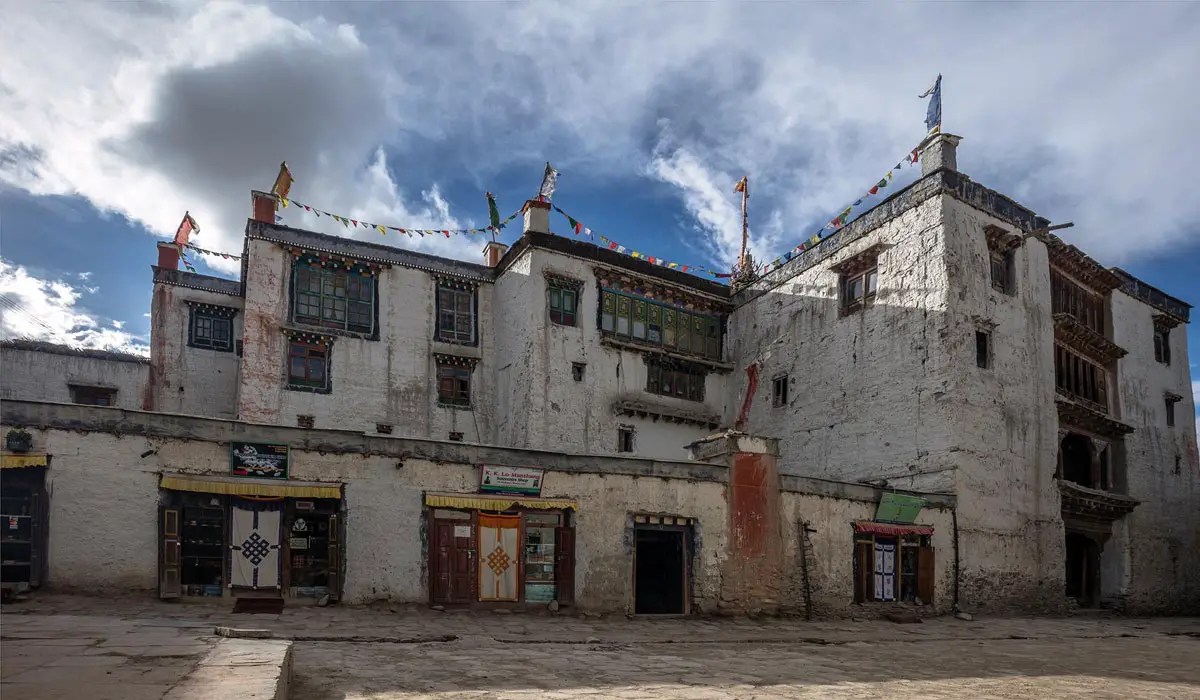
There was a monarchy not just in Kathmandu but also in Mustang till 2008. However, the introduction to democracy ended the monarchical government in Mustang as well. Prince Jigme Singhe Palbar Bista has been well-considered to this day for the settlement of disputes, promotion of tourism in Mustang, and support of monastic schools and language teachers as restoration of artistic marvels in the region. The royal family, though pushed out of governance, is still relevant to the people in Mustang. If one wishes, they might as well get a chance to visit the royalties in their palace in Lo Manthang.
Lifestyle of people in Mustang
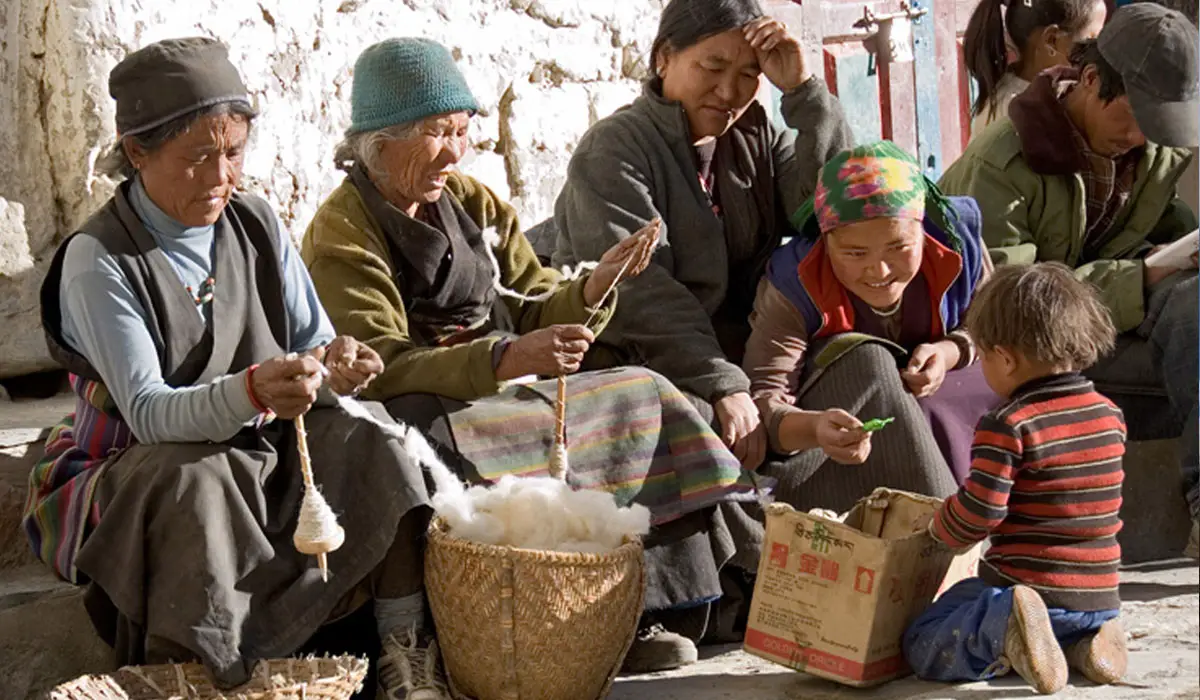
The people in Mustang are engaged in farming and cattle. However, with the growth in the popularity of tourism, the people in Mustang have been engaging in tourism activities as well. There is still a use of kerosene lamps, hand-stitched cowhide boots, and satellite dishes on top of the house roofs in Mustang. As for the water supply, 3,029 households use taps/pipes, 174 use rivers/streams, 76 households use spout water, and 9 households use wells/kuwas.
16 Days Mustang Trek Itinerary
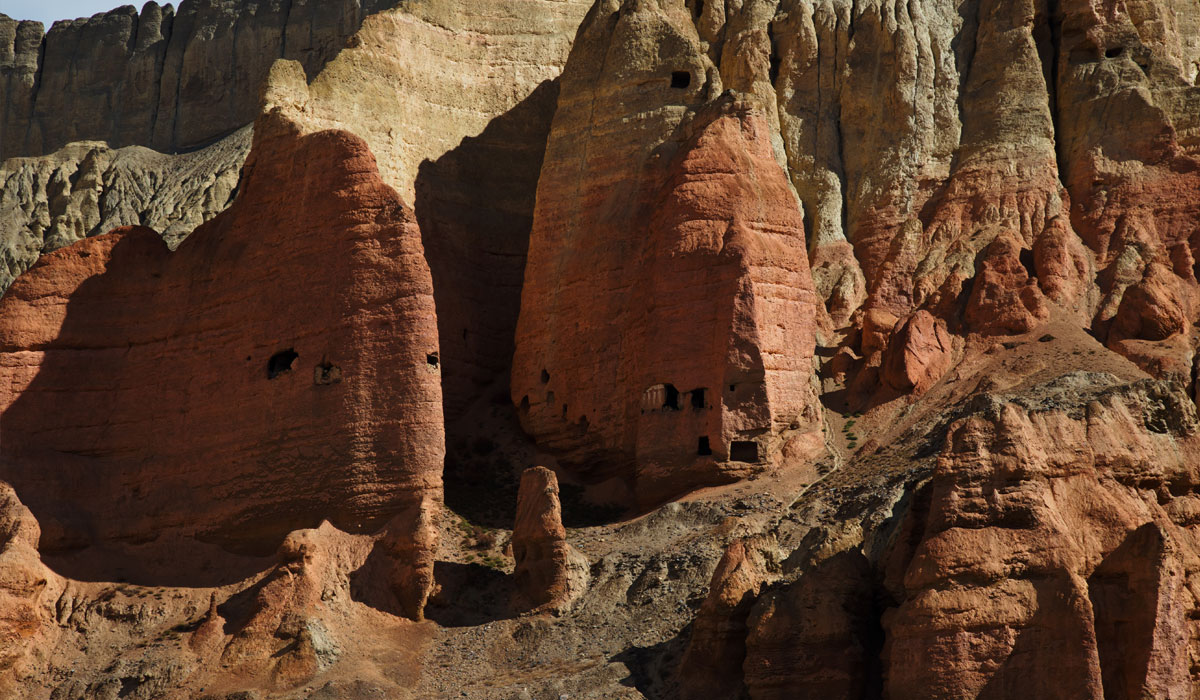
Your Mustang trip is likely to last from around 15 to 17 days. Your trip starts from Kathmandu airport and ends at the airport itself.
Day 1: Arrival in Kathmandu from flight
Day 2: Rest day in Kathmandu
Day 3: Flight to Jomsom
Day 4: Kagbeni to Chele trek
Day 5: Chele to Zaithe trek
Day 6: Zhaite to Charang via Dhakmnar and Lo Gekar trek
Day 7: Charang to Lo Manthang trek
Day 8: Lo Manthang (Namgyal Gompa and Thinggar Valley) stay
Day 9: Lo Manthang (the Chosar Valley) stay
Day 10: Lo Manthang to Dhakmar via Lo Gekar trek
Day 11: Dhakmar to Geling trek
Day 12: Geling to Chuksang trek
Day 13: Chuksang to Jomsom
Day 14: Fly from Jomsom to Kathmandu
Day 15: Explore the city of Kathmandu or take a rest day
Day 16: Fly home from Kathmandu airport
Frequently Asked Questions (FAQs)
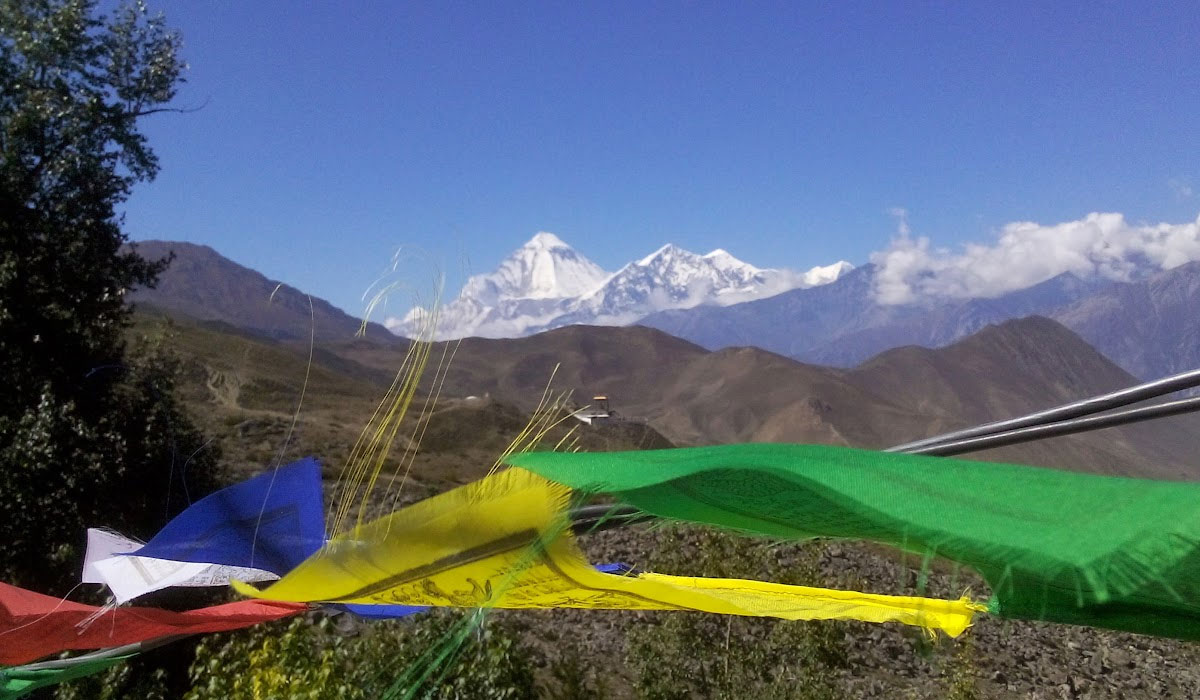
How to get to Mustang, Nepal?
You can get to Mustang by taking a flight to Jomsom from Kathmandu and trekking here from here onwards.
How to fly to Mustang, Nepal?
There is no direct flight to Mustang. Hence, you will have to fly to Jomsom first.
When is the best time to visit Mustang Nepal?
The best time to visit Mustang, Nepal, is during either spring or autumn because they celebrate different festivals during these times, and the climate is also favorable during these times.
Why are Manang and Mustang called the cold desert of Nepal?
Manang and Mustang are called the cold desert of Nepal because they are located in the Himlayan region in Nepal.
Also, read;
